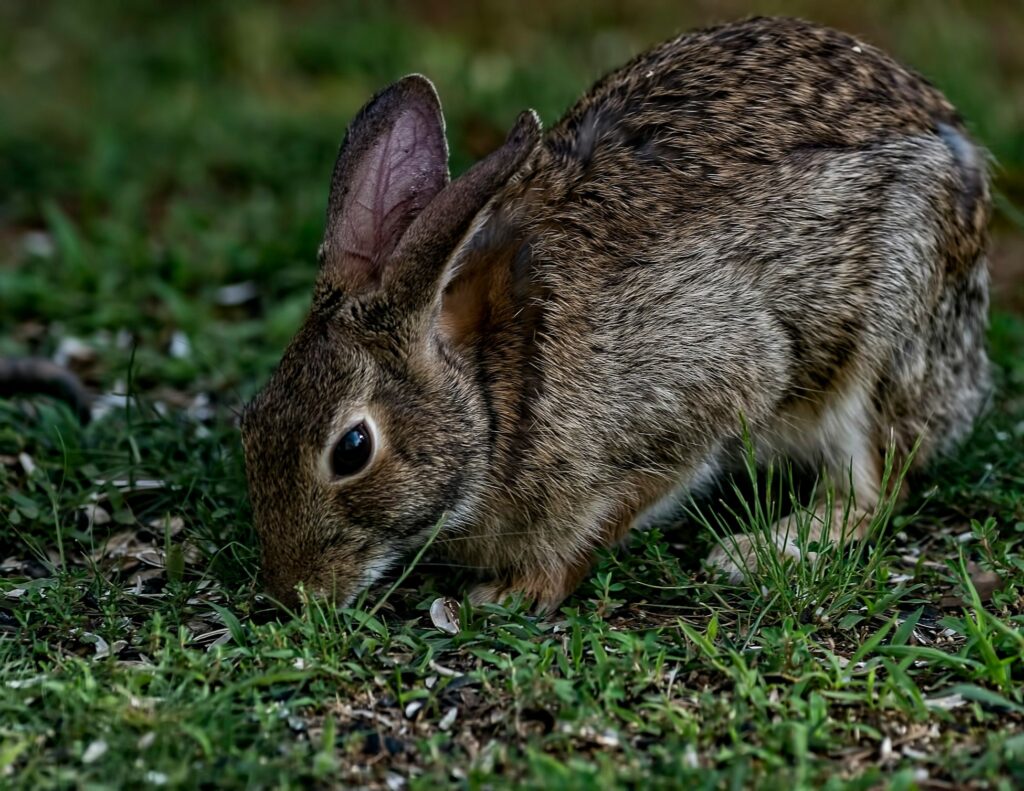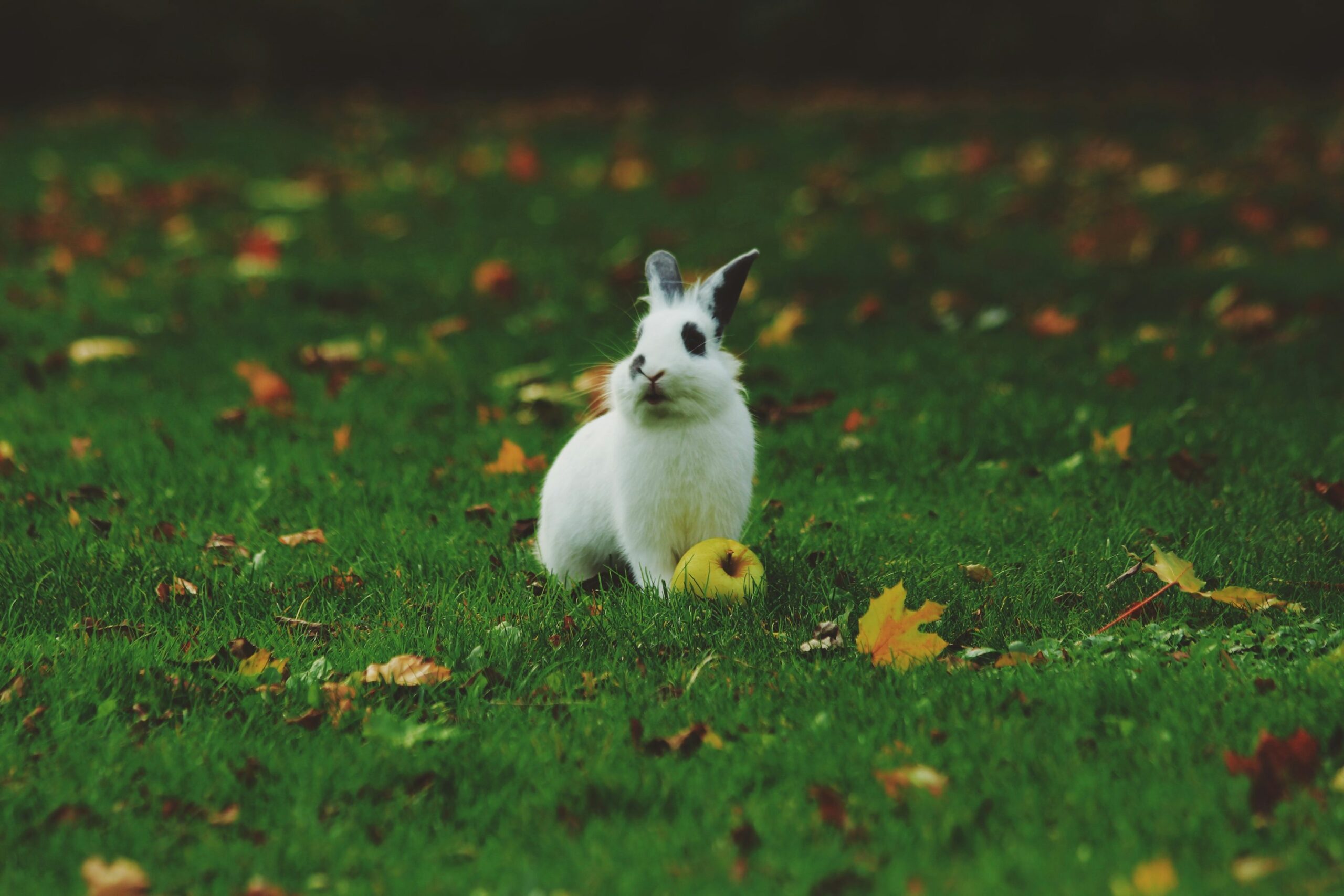Spaying & Neutering
Spaying and neutering are terms you’ve probably heard before, especially when it comes to dogs and cats. These procedures involve the surgical removal of an animal’s reproductive organs to help prevent aggressive behavior and reduce the risk of certain diseases. However, in the Philippines, many rabbit owners, and even pet shops, are unaware of how important spaying or neutering is for rabbits too.

When rabbits reach 4 months old, hormonal changes make them more territorial, and some can become aggressive, which may surprise owners. During this time, it’s important not to hit or punish your rabbit; patience is key. This is also the ideal time to consult a rabbit veterinarian about spaying or neutering.
At 4 months, male rabbits can also impregnate females, so it’s best to separate them to prevent unwanted pregnancies. Aggression can also lead to injuries, making separation necessary. Neutering male rabbits helps prevent territorial behaviors, such as spraying urine, lunging, scratching, or barking at people. Spaying female rabbits is important to prevent reproductive cancers; by age 5, the risk of uterine cancer in unspayed females is 80%, but spaying almost eliminates this risk. Additionally, spaying can reduce aggression toward humans and other rabbits.
For peaceful coexistence, neutering and spaying are essential when keeping multiple rabbits together. Without altering, it’s impossible to have two or more rabbits living harmoniously once they reach maturity.
NEUTERING & SPAYING RABBITS IN THE PH
Here are a few things to keep in mind.
- Unlike in other countries where vets use special surgical glue to seal incisions and prevent rabbits from chewing on their stitches, vets here typically leave the stitches exposed, increasing the risk of rabbits biting or chewing them.
As a result, vets here often recommend using e-collars to prevent rabbits from chewing their stitches. While this can be stressful for your rabbit at first, they usually adjust over time. It’s important to monitor them closely after surgery to ensure they’re not chewing their stitches and are eating properly.
Make sure to give your rabbit food and water before surgery. Unlike dogs, rabbits should never fast, as they need a constant intake of food to keep their digestive system functioning properly.
Bring a light towel or handkerchief to keep your rabbit warm on the ride home, as it’s important to maintain their body temperature. Make sure they stay as warm and comfortable as needed.
Once your rabbit is home from surgery, offer food right away to help restart their digestion. Tempt them with a favorite treat, and if needed, provide recovery food like Critical Care or Complete Care until their appetite returns.
- Provide your rabbit with water using either a bowl or a syringe, depending on what they’re comfortable with.
Spaying is a more invasive procedure compared to neutering.
If possible, request pain medication from the vet to take home in case your rabbit shows signs of pain a day after the procedure. Pain can lead to severe stress and may cause your rabbit to refuse food.
- If you notice any concerning symptoms after the procedure, don’t hesitate to contact the vet.
It’s important to learn about spaying and neutering, especially regarding your rabbit’s pre-care and post-care. Take the time to research (there are many resources online) and don’t hesitate to ask your vet if you have any questions!

